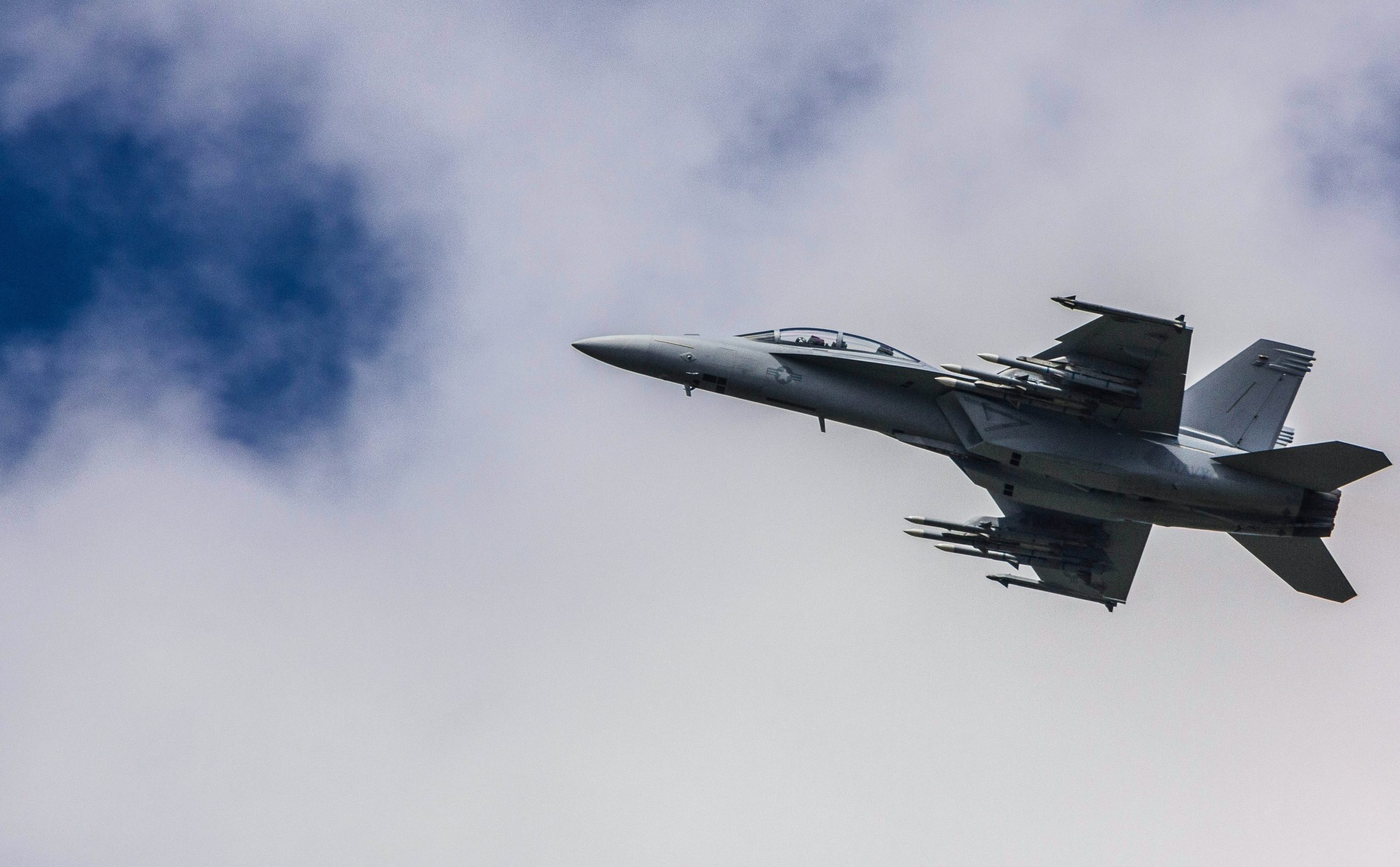The overall total amount of arms imported into the Middle East decreased by 8.8% over the past five years.
In the five years leading up to 2022, Saudi Arabia, Qatar and Egypt were three of the top ten global importers of weapons and arms, according to a report by the Stockholm International Peace Research Institute (SIPRI).
Since 2018, Qatar increased its position from sixth to third in terms of its importation of weapons. When the data from the two time periods is compared, it is noticeable that the country’s imports rose by 311%.
Aircrafts, air defence systems, armoured vehicles, missiles, naval weapons, sensors and ships were among the items Qatar purchased in 2022.
The US took over 42% of the sales, making them the main suppliers to the country, followed by France at 29% and then Italy at 14%.
Qatar purchased 36 combat aircrafts from France, 36 from the United States, 8 from the United Kingdom, as well as 3 frigates from Italy, according to SIPRI.
Between 2018 and 2022, Saudi Arabia was the second largest arms importer in the world.
A total of 9.6% of all imports of arms during that time went to the Kingdom.
The primary suppliers to Saudi Arabia were the US with 78% of total imports, followed by France at 6% and then Spain at 4.9%.
According to the SIPRI report, the US provided Saudi Arabia with “the delivery of 91 combat aircraft with hundreds of land-attack missiles and over 20,000 guided bombs”.
Overall imports into the Kingdom decreased by 8.7% between 2018 and 2022 compared to 2013 and 2017.
Egypt fell from being ranked third over the previous five years to sixth place over the past five years, as its overall imports decreased by 5.3% when compared between the two time periods.
Egypt bought aircraft, missiles, ships, naval weapons, sensors, and aircraft during the previous year.
Egypt is now Russia’s third-largest recipient of arms, with a 44% increase in exports between the two time periods of 2013-2017 compared to 2018-2022.
In the Middle East, Saudi Arabia, Qatar, Egypt, the United Arab Emirates, Kuwait, Algeria, Morocco, Jordan, Bahrain, and Iraq were the top ten arm importers.
The UAE’s imports of weapons between 2018 and 2022 were 38% less than they were between 2013 and 2017, which caused it to fall from the top 10 importers to the 11th position globally.
SIPRI noted: “Notable arms imports in 2018–22 included thousands of guided bombs and hundreds of air defence missiles from the US.”
The US, with 54%, was the country that imported the most arms and weapons into the Middle East, followed by France at 12%, Russia at 8.6% and Italy at 8.4%.
These imports included more than 260 cutting-edge combat aircraft, 516 new tanks and 13 frigates, according to SIPRI data. “Arab states in the Gulf region alone have placed orders for another more than 180 combat aircraft,” the think tank noted.
However, when comparing the period from 2013 – 2017 to 2018 – 2022, the total amount of arms imported into the Middle East decreased by 8.8%.
The top ten arm importers globally over the previous five years were India, Saudi Arabia, Qatar, Australia, China, Egypt, South Korea, Pakistan, Japan and the United States.
The top 10 countries that exported the most weapons were the United States, Russia, France, China, Germany, Italy, United Kingdom, Spain, South Korea and Israeli Apartheid State.
The statistical information provided by SIPRI on arms transfers relates to actual major weapon deliveries.
Using a standard measurement it refers to as the trend-indicator value, it calculates the volume of significant international transfers of arms (TIV).







